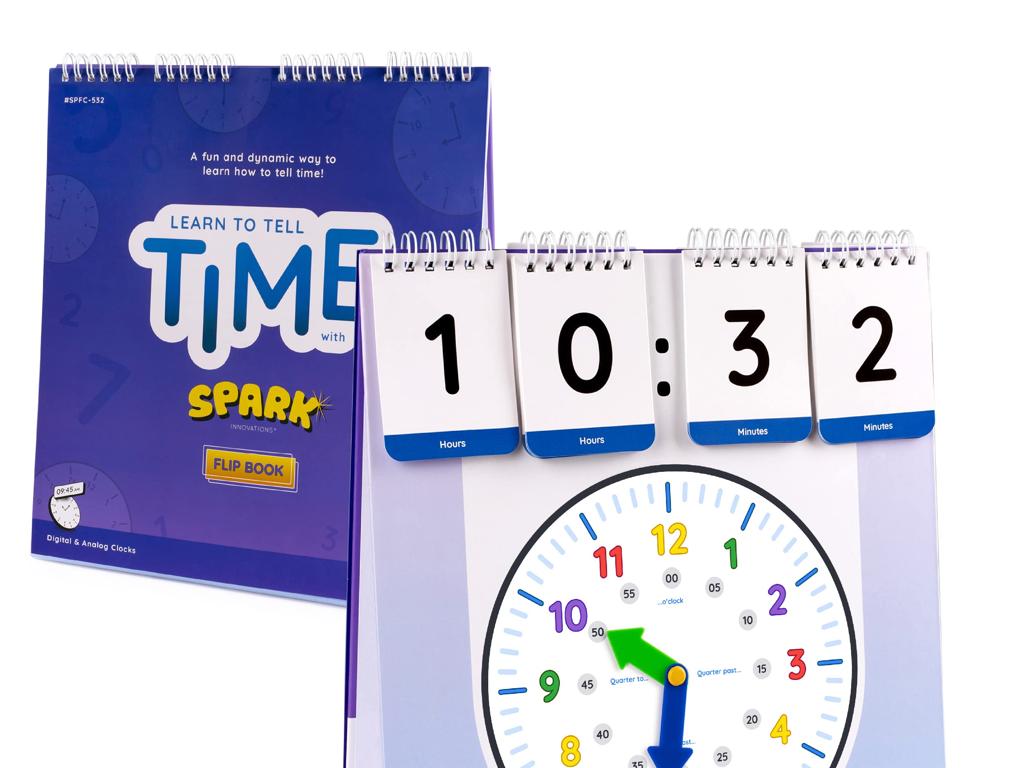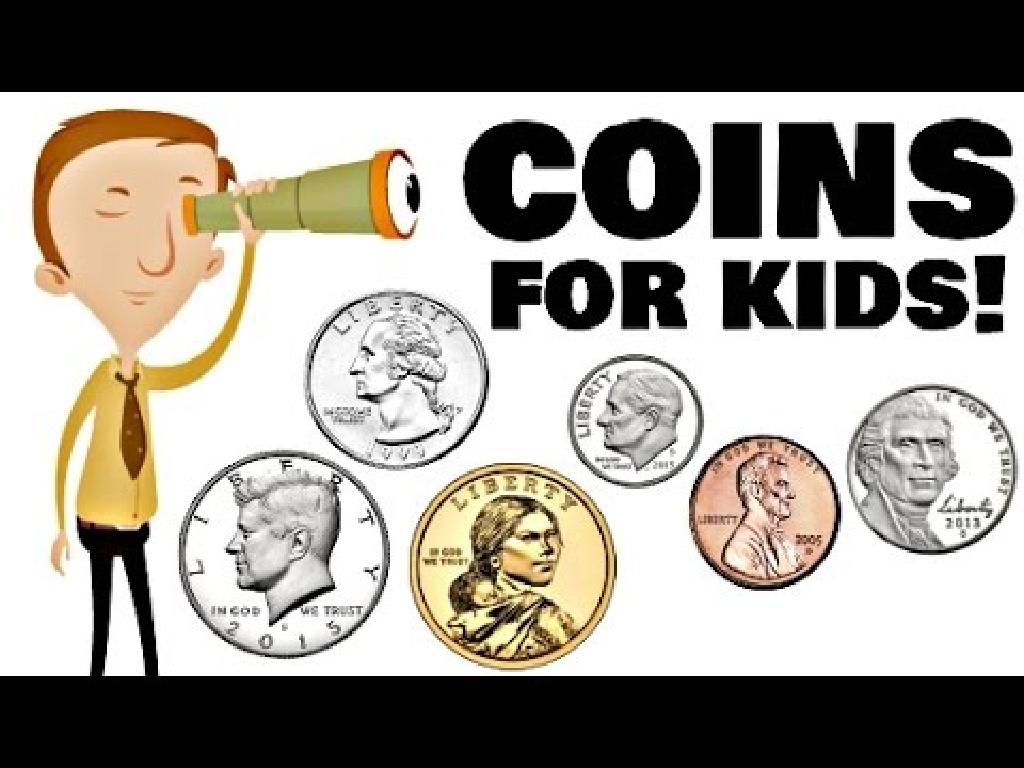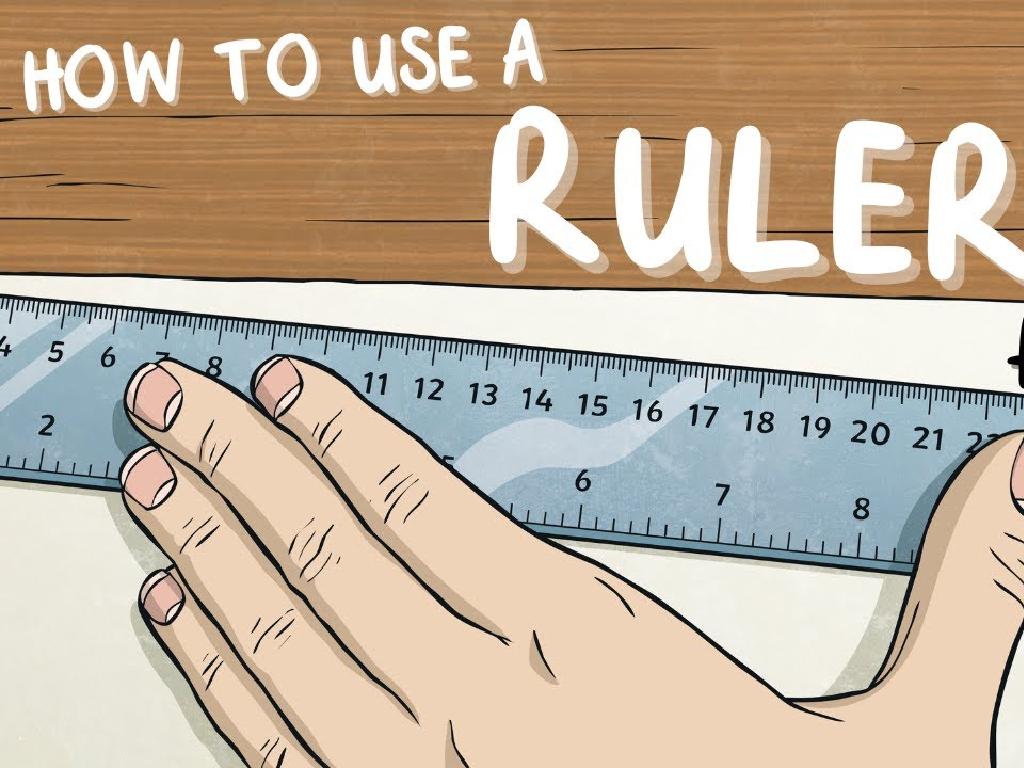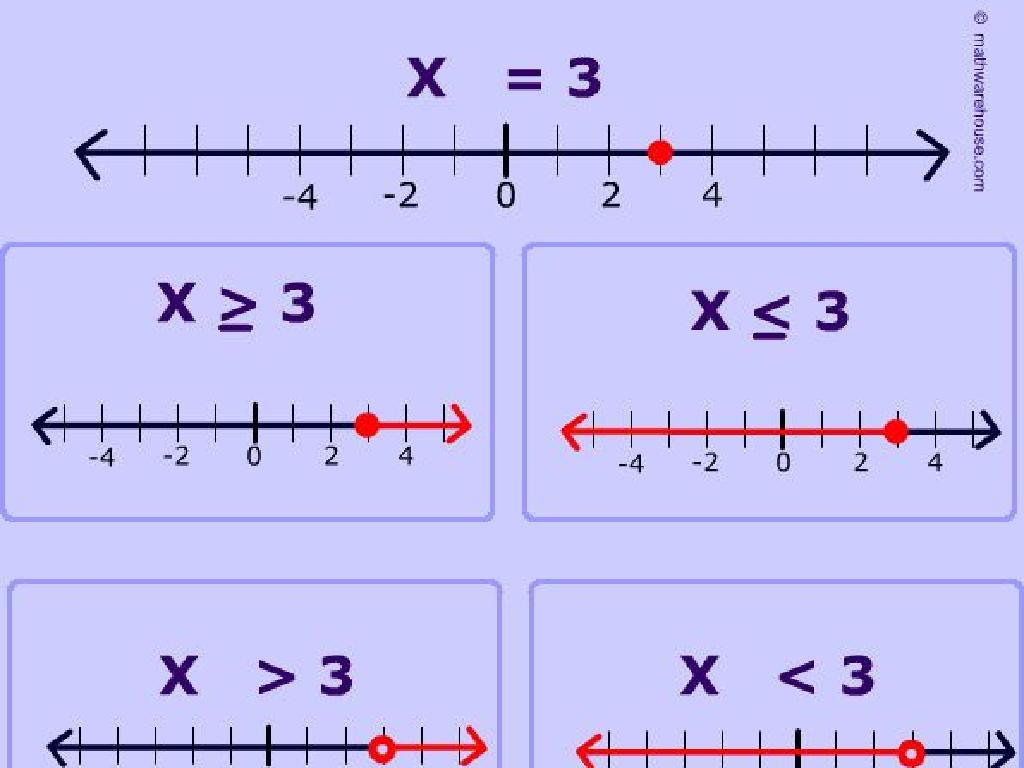Multiply 1-Digit Numbers By 3-Digit Or 4-Digit Numbers: Word Problems
Subject: Math
Grade: Fourth grade
Topic: Multiply By One-Digit Numbers
Please LOG IN to download the presentation. Access is available to registered users only.
View More Content
Introduction to Multiplication
– Recap basic multiplication facts
– Review 1-digit multiplication tables
– Multiplication as repeated addition
– Understand multiplying means adding a number repeatedly
– Multiplication in daily life
– Discuss how we use multiplication for tasks like shopping or cooking
|
Begin the lesson by reviewing the multiplication tables, which are the foundation for understanding larger multiplication problems. Emphasize that multiplication is a shortcut for adding the same number multiple times. Provide examples to illustrate this, such as 3 + 3 + 3 + 3 = 3 x 4. Highlight the practical applications of multiplication in everyday scenarios, such as calculating total cost while buying multiple items or determining the number of slices in several pizzas. This real-world relevance helps students grasp the importance of multiplication and engages them in learning. Leave the fourth content point blank as the three points cover the necessary introduction for this slide.
Multiplying 1-Digit by 3-Digit Numbers
– Steps to multiply 1-digit by 3-digit
– Line up the numbers and multiply each digit
– Example: Multiply 4 by 256
– 4 x 256: Multiply 4 by each digit of 256
– Practice: Multiply 3 by 142
– Try 3 x 142 on your own, use the steps
– Check your work for accuracy
|
This slide is aimed at teaching fourth graders the process of multiplying 1-digit numbers by 3-digit numbers through a clear, step-by-step guide. Start by explaining the multiplication process: lining up the numbers correctly and multiplying the single digit with each digit of the 3-digit number, starting from the rightmost digit. After the explanation, walk through the example problem (4 x 256) on the board, demonstrating each step. Then, present the practice problem (3 x 142) for the students to try independently. Encourage them to follow the same steps and check their work carefully. As a teacher, be prepared to assist students who may struggle and offer additional practice problems to reinforce the concept.
Multiplying 1-Digit by 4-Digit Numbers
– Steps to multiply 1-digit by 4-digit numbers
– Example: Multiply 5 by 3,248
– Start with the units place and move left
– Practice: Multiply 7 by 1,234
– Use the same steps: What is 7 x 1,234?
– Discuss your answers and methods
|
This slide is aimed at teaching fourth graders the process of multiplying 1-digit numbers by 4-digit numbers through a clear, step-by-step example and a practice problem. Begin by explaining the multiplication process, starting from the units place and moving left, ensuring to carry over any values as needed. Use the example to demonstrate this process in real-time, possibly on a whiteboard or interactive display. Then, present the practice problem and allow the students to attempt it on their own, providing assistance as needed. Afterward, discuss the different methods they used to arrive at their answers, emphasizing the importance of the multiplication process and place value understanding. This interactive approach helps solidify the concept and prepares them for more complex multiplication problems.
Multiplying with Word Problems
– Understanding word problems
– Word problems describe math in real-life scenarios.
– Identifying multiplication in problems
– Look for phrases that imply repeated addition.
– Key words for multiplication
– Words like ‘times’, ‘product of’, ‘groups of’ indicate multiplication.
– Practice with examples
– Use example problems to apply these clues.
|
This slide introduces students to the concept of word problems and their significance in applying math to real-world situations. Emphasize the importance of understanding the context to identify the mathematical operation required, in this case, multiplication. Teach students to recognize key vocabulary and phrases that signal the need to multiply, such as ‘times’, ‘product of’, and ‘groups of’. Provide example problems to illustrate how these words are used in context and guide students through the process of translating a word problem into a multiplication equation. Encourage students to practice with various word problems to become comfortable with identifying and performing multiplication operations.
Multiplying in Word Problems
– Carefully read the problem
– Find numbers to multiply
– Solve step by step
– Example: 1-digit x 3-digit
– If 4 packs of stickers have 256 each, how many stickers in total?
|
This slide is aimed at guiding fourth-grade students through the process of solving multiplication word problems involving 1-digit and 3-digit numbers. Start by encouraging students to read the problem thoroughly to understand what is being asked. Next, help them identify the specific numbers that need to be multiplied. Emphasize the importance of solving the problem in a step-by-step manner to avoid mistakes. Provide an example problem, such as calculating the total number of stickers in 4 packs if each pack contains 256 stickers. This concrete example will help students apply the steps they’ve learned to solve the problem. In class, work through the example together and then allow students to try similar problems on their own or in small groups.
Multiplying Large Numbers: Word Problems
– Example: 1-digit x 4-digit problem
– If a book has 1,236 pages and you read 4 pages a day, how many days will it take to read the book?
– Guided practice with teacher
– Walk through the steps together to solve the example problem.
– Try an independent practice problem
– Solve a new problem on your own to test your skills.
– Review and discuss solutions
|
This slide is aimed at providing students with additional practice in solving word problems involving multiplication of 1-digit numbers by 3-digit or 4-digit numbers. Start with a clear example problem and solve it step by step, ensuring students understand the process. Then, guide them through a problem together, asking questions and prompting them to participate in the solution process. Finally, assign an independent practice problem for students to solve on their own, which will help solidify their understanding. Afterward, review the solutions as a class to address any misunderstandings and reinforce learning. Possible activities could include peer review of solutions, timed practice, or creating their own word problems.
Class Activity: Multiplication Scavenger Hunt
– Solve hidden multiplication problems
– Each clue leads to the next
– Reinforce multiplication skills
– Practice multiplying 1-digit by 3 or 4-digit numbers
– Enhance problem-solving abilities
– Apply multiplication in fun, engaging scenarios
|
This interactive class activity is designed to reinforce students’ multiplication skills in a fun and engaging way. Hide word problems around the classroom, each containing a multiplication question that involves multiplying a 1-digit number by a 3-digit or 4-digit number. Once a student or group solves a problem, they use the answer to find the next clue. This activity not only helps students practice their multiplication but also enhances their problem-solving and critical thinking skills. For the teacher: Prepare different sets of problems for variety, ensure clues are placed in safe and accessible locations, and be ready to assist students who may need extra guidance. Encourage teamwork and celebrate each solved problem to keep the class motivated.
Wrapping Up: Multiplication Mastery
– Recap today’s key multiplication concepts
– Address questions from our activities
– Homework: Solve 5 word problems
– Use the methods learned today to solve problems involving multiplying 1-digit numbers by 3-digit or 4-digit numbers.
– Practice makes perfect!
– Remember, the more you practice, the better you’ll get at solving multiplication word problems.
|
As we conclude today’s lesson on multiplying 1-digit numbers by 3-digit or 4-digit numbers through word problems, it’s important to review the key points to reinforce learning. Go over any strategies or methods discussed, and ensure that students feel comfortable with the material. Address any questions that arose during the class activity to clarify doubts. Assign homework that consists of practice word problems to solidify their understanding. Encourage students to approach these problems using the steps we’ve learned, and remind them that consistent practice is crucial for mastering multiplication. For the next class, be prepared to review the homework and discuss any challenges the students faced.






